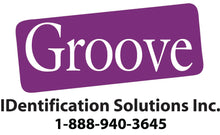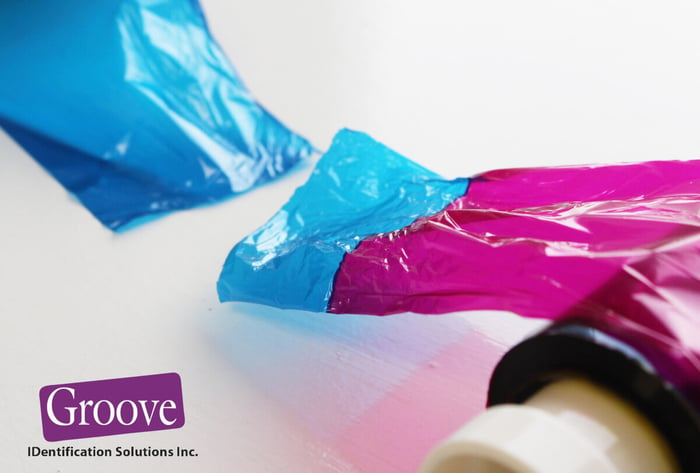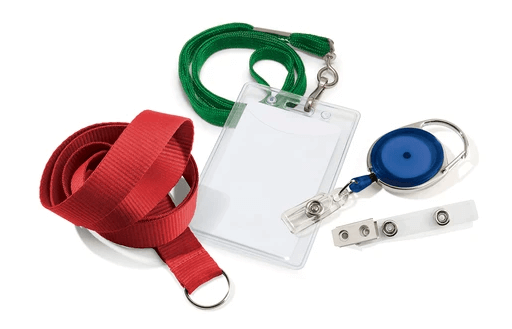Reuse Your Proximity Cards with Adhesive PVC Cards
Adhesive-backed PVC cards are a way to combine the best features of printable photo ID cards and proximity cards. Find out how they can save you time and money.
Proximity access cards offer a major advantage over conventional magnetic stripe cards. Staff don’t need to swipe or insert them into a reader, making them more convenient.
However, they do have a couple of slight drawbacks, especially the clamshell variety. They’re too thick to print on with conventional ID card printers and they cost more than a magnetic stripe card.
The good news is that there’s a great workaround to help you overcome both challenges. They’re called adhesive-backed PVC cards, or by their informal name, sticky-backed cards.
Print on Them Like a Regular ID Card, Then Peel Off the Backing
Adhesive-backed PVC cards use peel-and-stick technology. You print on them like a regular ID card, and then you peel off the backing.
Then you can apply the adhesive-backed card onto the surface of a clamshell proximity card. It’s a simple way to combine the visual security of printable photo ID cards with the convenience of clamshell cards in one unit.
There’s another way adhesive-backed PVC cards can make your security team more efficient. When a cardholder leaves your organization, you can use sticky-back cards to re-issue the clamshell card to a new employee.
All you need to do is allocate the pre-set card number to the new staff member. Then you print out a new adhesive-backed PVC card.
You simply apply the new sticky-backed card over the existing one. This can be a major cost saver if you have a large team or a lot of turnover at your facility.
A Couple of Things to Consider
There are a couple of things you’ll need to consider. One is that most manufacturers design the rollers inside their ID card printers for PVC material.
Some adhesive-backed PVC cards have a paper backing and others use mylar. The paper-packed sticky-cards are less expensive.
However, most of our customers find that mylar-backed adhesive-backed cards work better. They’re less likely to jam, and the finished product tends to look more professional.
Even so, some other customers tell us the paper-backed variety meets their needs. They often qualify that, saying they need to clean the printer regularly because of a dusty powder from the paper.
Size is another consideration. The most common size for a clamshell proximity card is called CR-80.
So, it seems sensible to order CR-80 adhesive-backed PVC cards. However, applying a CR-80 adhesive card onto a CR-80 proximity card can look a bit tacky.
The adhesive card often sticks out over the edge, which makes it look obvious that the card was reissued. Since it’s made to be sticky, the excess backing can also collect lint and dirt as the cardholder uses it over time.
A tidier option is to order the slightly smaller CR-79 version. Its reduced size fits neatly onto the clamshell card. For best results, remember to reset your card printer size to CR-79 so that everything lines up just right.
Groove Can Help
At Groove Identification Solutions, we offer a range of solutions to help you to effectively manage your ID card program. Our customer service team would be happy to walk you through the options around adhesive-backed cards and decide if they’re right for your team.
If you already work with either paper or mylar-backed adhesive cards, we’d love to hear from you. Why not let your colleagues know why your team started using them and how well they meet your facility’s needs?
Feel free to leave your thoughts in the comments section below. By sharing information, we can all make our facilities safer.





